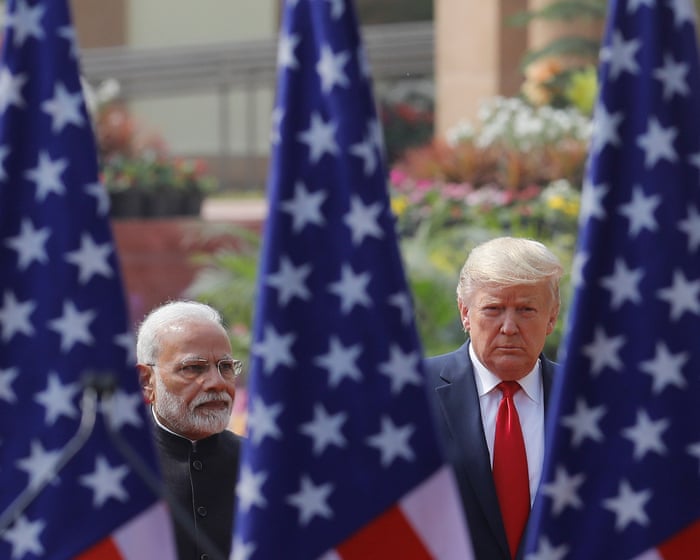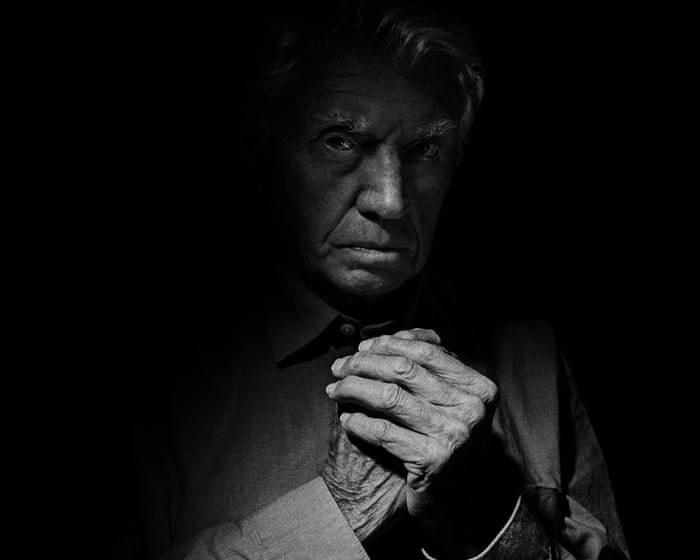When Donald Trump won his second term, India’s leadership likely felt quietly satisfied. Prime Minister Narendra Modi’s public displays of friendship with Trump, both during and after his presidency, hinted at a special rapport between these two prominent right-wing figures.
As Trump began reshaping global trade and geopolitics through aggressive tariffs, India entered trade talks with the U.S. early on. New Delhi knew negotiations would be tough, especially given its firm stance on protecting agriculture and dairy. Still, India was hopeful about securing a deal that reflected its economic weight and strategic importance to the U.S. as a counterbalance to China.
Instead, Trump first hit India with a 25% tariff in April—a rate higher than what most U.S. allies faced. That has now doubled to 50%, as punishment for India buying, refining, and exporting Russian oil during the war in Ukraine. This steep tariff will make nearly all Indian exports to the U.S. uncompetitive.
Modi’s much-publicized special relationship with Trump now seems laughable. And it wasn’t just the tariffs. After India’s brief conflict with Pakistan following the Pahalgam terrorist attack in April, Trump and Vice President JD Vance treated both countries as quarrelsome neighbors needing U.S. intervention to restore order. Trump’s claim that his phone threats forced India and Pakistan to cease fighting placed them on the same level—an insulting comparison that India felt compelled to reject. Some have since suggested the real reason for the 50% tariff was India’s refusal to give Trump, who was eager for a Nobel Peace Prize, credit for brokering peace.
Trump made it clear this was a punitive move. He dismissed India as a “dead economy,” while his chief trade adviser, Peter Navarro, accused India of war profiteering by purchasing discounted Russian oil. Navarro even referred to the Ukraine conflict as “Modi’s war.”
This humiliating breakdown in relations has undermined Modi’s long-standing effort to present himself as a well-connected global statesman. His enthusiastic embraces and overly friendly photo-ops with world leaders now appear awkward in hindsight. However, it would be a mistake to view this shift in U.S.-India relations solely through the lens of personal dynamics.
Large nations like India have deep geopolitical roots that aren’t easily shaken. Non-alignment—India’s Cold War stance of avoiding alignment with either capitalist or communist blocs—isn’t a popular term in Modi’s India due to its association with Nehru, but his foreign policy has aimed to preserve India’s independence in a multipolar world. Today, this idea may go by the name “strategic autonomy,” but the goal remains similar. Until recently, India’s ability to buy Russian oil, refine it, and export it to Europe with the Biden administration’s tacit approval was seen as a sign of this flexible, non-aligned approach.
What changed over the past 25 years is that India’s political class began viewing the U.S. as its natural partner. The U.S. became India’s largest export market and the preferred destination for the children of its elite. Since the time of Modi’s predecessor, Manmohan Singh, who signed the Indo-U.S. nuclear deal, India has leaned toward Washington. The Quad—a group including Japan, Australia, the U.S., and India, meant to counter China’s influence in the Indo-Pacific—was widely interpreted as evidence of this westward tilt.
This shift has created an imbalance in India’s foreign policy. While claiming strategic autonomy, India has leaned into the U.S. through partnerships that fall short of formal alliances and gestures lacking substantive backing. Under Modi, Indian policymakers assumed the country’s economic size and growth rate had elevated its global standing, making such a approach viable.India has taken its place at the world’s top table, but the reality is that it is not wealthy enough, not predominantly white, and not fully English-speaking to be considered a core member of either the Western or Anglophone world. Under Modi, his policymakers overlooked a key truth: outside the West’s inner circle, the United States does not have allies—it has clients. Trump’s decision to raise tariffs on India out of resentment served as a reminder that U.S. presidents have often viewed India as either a supplicant, a nuisance, or both.
Some analysts argue that Trump is an outlier and that the Indo-U.S. relationship is too economically and geopolitically significant for this chill to last. But it is more likely that Trump is ahead of the curve, openly expressing what other Western leaders still feel constrained by liberal norms to say aloud.
Western generosity has always been based on Western dominance. As the climate crisis and China’s rise made it clear that Western supremacy was not guaranteed, and as the promise of steady economic growth—the modern benchmark of progress—began to fade, Western centrists started retreating from the global order they once proudly built. Gaza symbolizes this withdrawal. Institutions like the WTO, foreign aid, fair asylum processes, international humanitarian law, and the UN system—the entire post-war framework led by the U.S.—are being discarded as wealthy nations turn inward against a troubled and demanding world.
This shift has fueled the nearly simultaneous rise of far-right, agenda-setting parties across the West. Figures like Nigel Farage, Jordan Bardella, Alice Weidel, and Viktor Orbán show that Trump’s blend of nativism and protectionism is the new reality that India and other non-Western nations must face in the coming years. (One telling development of Trump’s second term has been the eagerness of European leaders to humble themselves to please the U.S.)
Despite liberal concerns over Trump’s blunt tactics, where he goes, Europe’s political elite will follow. His tariffs are not impulsive acts but signs of things to come—bricks in the wall the West is building to protect its own interests.
Modi, like Indian leaders before him, is learning that geography is destiny. Non-alignment is not a choice but a necessity. India’s position often leaves it with difficult, limited options. It cannot challenge the U.S. as an equal, as China does, nor can it submit to Trump’s demands like a client state, as the EU has done. Instead, India must continue walking a tightrope, balancing carefully as it navigates a hostile global landscape under the watchful eyes of its vulnerable population.
Mukul Kesavan is an Indian historian, novelist, and political and social essayist.
Frequently Asked Questions
Of course Here is a list of FAQs about the topic designed to be clear and accessible
BeginnerLevel Questions
1 What does the headline Caught off guard by Trump mean
It means that Indian Prime Minister Narendra Modi and his government were surprised by actions or statements from former US President Donald Trump forcing them to quickly reassess their strategy
2 Why is Indias global position shifting
The world is moving from a stable rulesbased order led by the US to a more unpredictable system where countries like the US and China act more in their own immediate selfinterest making it harder for middle powers like India to navigate
3 What is the main lesson India is learning
That it cannot rely solely on friendships with major powers like the US It must become more selfreliant diversify its partnerships and be prepared for sudden policy changes from its allies
4 Can you give an example of how Trump caught India off guard
A key example is when Trump suddenly revoked Indias preferential trade status in 2019 which hurt Indian exports This was a stark reminder that economic ties could be used as leverage
IntermediateLevel Questions
5 What specific challenges does a potential Trump return pose for Modi
A second Trump term could bring renewed pressure on issues like trade imbalances Indias relationship with Russia and demands for India to take a more confrontational stance against China
6 How is India trying to adapt to this new global landscape
India is pursuing a multialignment strategy strengthening ties with other regional powers and groups while also maintaining its traditional partnership with Russia and engaging with European nations independently
7 What is the Quad and why is it important for India
The Quad is an informal strategic dialogue between the US India Japan and Australia Its a cornerstone of Indias strategy to counter Chinas influence in the IndoPacific region and secure its interests with powerful democratic partners
8 What is the biggest risk for India in this shifting landscape
Being forced to choose sides in a new Cold War between the US and China India wants to maintain good relations with both to protect its economic and security interests but increasing tensions make that balancing act very difficult




